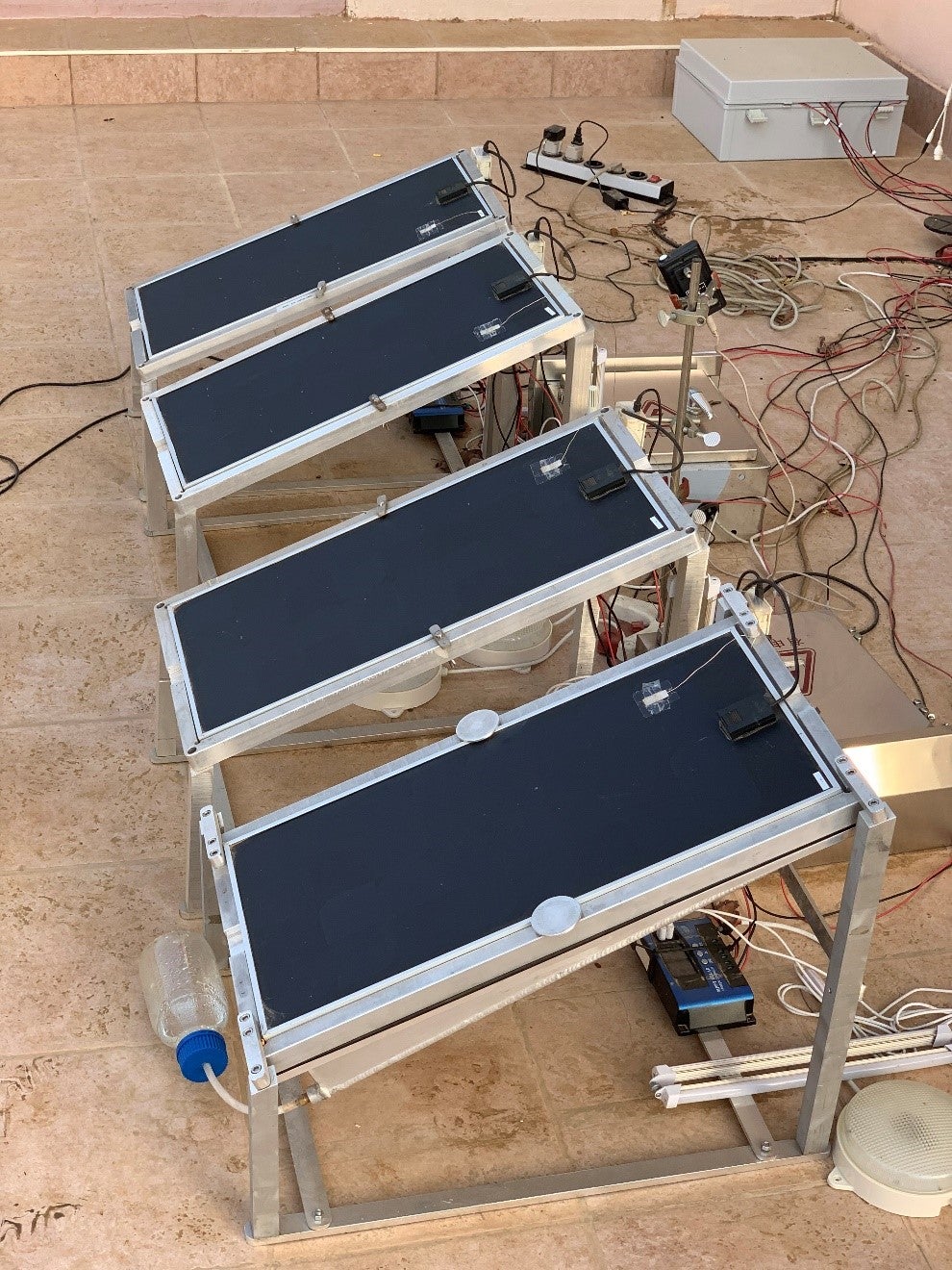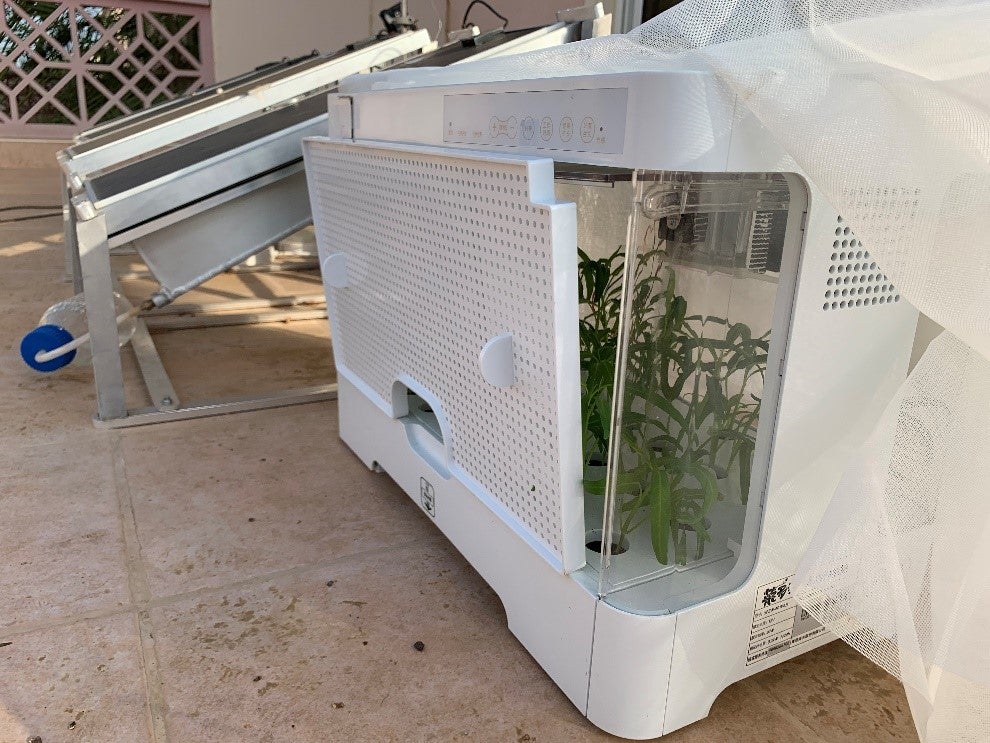Solar panels used to ‘make water out of air’ and grow crops in desert
Breakthrough technology could improve food and water security for people in arid environments

Your support helps us to tell the story
From reproductive rights to climate change to Big Tech, The Independent is on the ground when the story is developing. Whether it's investigating the financials of Elon Musk's pro-Trump PAC or producing our latest documentary, 'The A Word', which shines a light on the American women fighting for reproductive rights, we know how important it is to parse out the facts from the messaging.
At such a critical moment in US history, we need reporters on the ground. Your donation allows us to keep sending journalists to speak to both sides of the story.
The Independent is trusted by Americans across the entire political spectrum. And unlike many other quality news outlets, we choose not to lock Americans out of our reporting and analysis with paywalls. We believe quality journalism should be available to everyone, paid for by those who can afford it.
Your support makes all the difference.Scientists in Saudi Arabia have successfully piloted new solar technology, which is able to draw moisture from the air in sufficient quantities to grow plants, while also producing electricity.
The technique works in environments including deserts, and could offer a sustainable, relatively low-cost means of improving food and water security for people living in arid environments, the researchers said.
The method is based on using a water-absorbing hydrogel underneath the photovoltaic solar panels which helps them stay cool and increases their efficiency, the team said.
“A fraction of the world’s population still doesn’t have access to clean water or green power, and many of them live in rural areas with arid or semi-arid climate,” said senior author Peng Wang, professor of environmental science and engineering at the King Abdullah University of Science and Technology (KAUST).
“Our design makes water out of air using clean energy that would’ve been wasted and is suitable for decentralised, small-scale farms in remote places like deserts and oceanic islands.”
The system consists of a solar photovoltaic panel placed above a layer of hydrogel, which is mounted on top of a large metal box which condenses and collects water.

Professor Wang and his team developed the hydrogel in their prior research, and the material can effectively absorb water vapour from ambient air and release the water content when heated.
When the solar panels are generating electricity, they drive the absorbed water out of the hydrogel as steam. The metal box below then collects the vapour and condenses it into water.
Furthermore, the hydrogel increases the efficiency of solar photovoltaic panels by as much as 9 per cent by absorbing the heat and lowering the panels’ temperature, the researchers said.
The team conducted a plant-growing test by using the system in Saudi Arabia for two weeks in June, when the weather was very hot.
They used the water solely collected from air to irrigate 60 water spinach seeds planted in a plastic plant-growing box.

Over the course of the experiment, the single solar panel, which they said was around the size a desk, generated a total of 1,519 watt-hours of electricity, and 57 out of 60 of the water spinach seeds sprouted and grew normally to 18 centimetres.
In total, about 2 litres of water were condensed from the hydrogel over the two-week period.
“Our goal is to create an integrated system of clean energy, water, and food production, especially the water-creation part in our design, which sets us apart from current agrophotovoltaics,” said Professor Wang.
They said that in order to turn their design into an actual product, they plan to further improve the hydrogel so it can absorb even more water from the air.
“Making sure everyone on Earth has access to clean water and affordable clean energy is part of the Sustainable Development Goals set by the United Nations,” said Professor Wang.
“I hope our design can be a decentralised power and water system to light homes and water crops.”
The research is published in the journal Cell Reports Physical Science.
Join our commenting forum
Join thought-provoking conversations, follow other Independent readers and see their replies
Comments